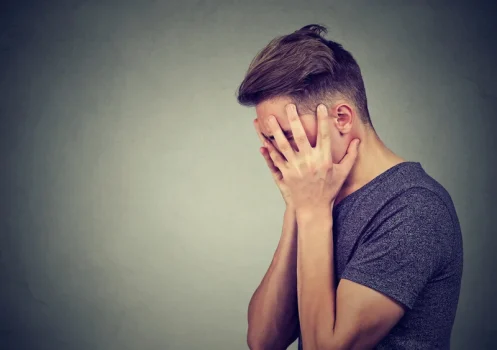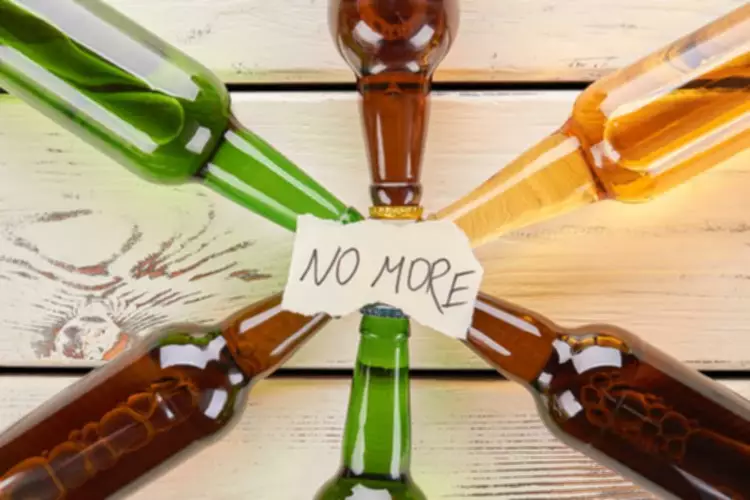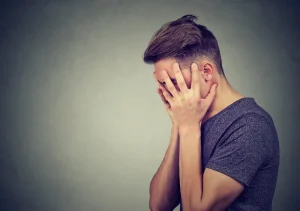
Research continues to yield new information about how to optimize psychedelic treatments for different conditions. It is revealing which approaches work best for specific populations and how to maximize safety and efficacy. While microdosing is generally considered safe, there’s still uncertainty about its long-term effects. However, the bottom line is that more research is needed to fully understand its potential risks, mechanisms, and efficacy. While anecdotal reports are abundant, rigorous evidence, such as clinical studies on microdosing, is still limited.
Classic Psychedelics Aren’t Addictive
- These substances can bring repressed memories, emotions, and thoughts to the surface, providing an opportunity for reflection and introspection.
- However, the length receives mixed feedback, with several customers finding it repetitive and boring by the end.
The use, distribution or reproduction in other forums is permitted, provided the original author(s) and the copyright owner(s) are credited and that the original publication in this journal is cited, in accordance with accepted academic practice. No use, distribution or reproduction is permitted which does not comply with these terms. Because the effect of microdosing is sub-perceptual, those who report benefits could be influenced by the placebo effect. If you’re interested in learning more, you can explore online psychotherapy training programs to earn psychedelic-assisted therapy certifications. Activation of the 5-HT2A receptor leads to an increased release of neurotransmitters, particularly serotonin.
View Treatment Centers

Psychedelic-assisted therapy involves the use of psychedelics in a therapeutic setting, guided by trained professionals. This approach has gained attention for its potential in treating various mental health conditions. Research suggests that psychedelics may promote neuroplasticity which is the ability for neurons to grow, reorganize, and change. Psychedelics can potentially rewire thought patterns, reduce symptoms, and contribute to long-lasting improvements in mental health disorders. Currently, it includes diagnoses of PCP use disorder and “other hallucinogen use disorder.” However, it does not include substance use disorder diagnoses related to other specific psychedelic and dissociative drugs.
- These tools are also used to assess the effects of novel interventions, such as psychedelics, on addiction biomarkers and their relationship with clinical and behavioral outcomes.
- Psychedelic drugs are often seen as either dangerous substances to be avoided or as gateways to unparalleled insight and therapeutic benefits.
- Psychedelics are well known for their ability to alter perceptions of reality dramatically.
- Her report furthers the calls from NIDA’s 2019 medication development priorities paper, highlighting the pressing socio-economic need for the development of more effective treatments through innovative and mechanistic scientific programs to improve translation to the clinic (10).
How is NIDA advancing research on psychedelic and dissociative drugs?
The altered states induced by psychedelics can drive repetitive use, heightened cravings, and increased tolerance to the drug, among other detrimental experiences. While less common than dependencies like alcohol or opioid addiction, psychedelic addiction can still significantly impact your quality of life. Further research is required because the exact knowledge of what causes a challenging experience and who is susceptible to these experiences remains scarce. Importantly, there were no sex differences, and increased age and experience with the drugs was related to slightly less intense effects. Similarly, effects of LSD were not influenced by sex or body weight in a pooled study of 81 healthy subjects. However, genetic polymorphisms of the CYP2D6 enzyme – responsible for breaking down many commonly used medicines – significantly influenced the pharmacokinetics and in part also the subjective effects of LSD (Holze et al., 2021).
In fact, researchers are investigating the hallucinogenic drugs’ ability to treat other substance abuse disorders.
Tolerance means that a person may need to take higher dosages to achieve the same marijuana addiction effect. Among people aged 12 or older in 2020, 0.2% (or about 493,000 people) had a hallucinogen use disorder in the past 12 months. Among people aged 12 or older in 2021, 2.6% (or about 7.4 million people) reported using hallucinogens in the past 12 months.
Are Psychedelics Safe? An In-Depth Examination of Psychedelic Safety and Neurotoxicity
In such settings, individuals may turn to psychedelics as a way to cope with or escape from their surroundings, which can lead to a cycle of dependency. Additionally, social environments that encourage frequent or excessive use—such as certain festival scenes, party cultures, or online communities—can normalize and reinforce patterns of addictive behavior. This dependency can manifest in a variety of ways, such as a desire to use psychedelics frequently, a belief that one cannot achieve personal growth without them, or a pattern of avoiding life’s challenges by retreating into the psychedelic experience. Over time, this can lead to a cycle of use that is difficult to break, as the user becomes increasingly reliant on psychedelics as a means of coping or self-discovery. For those who use psychedelics for self-exploration or therapy, the line between beneficial use and dependency can be thin.
- Psychedelics are not available for therapeutic purposes outside of limited research settings.
- Therefore, clinicians treating a patient experiencing a PAE should evaluate for symptoms of post-traumatic stress and consider not only a psychedelic-informed, but also trauma-informed-care approach to treatment.
- Many users describe a sense of expanded consciousness or a feeling of connection to something greater than themselves.
- In a world in search of healing and connection, Iboga may hold the key to unlocking new paths to recovery.
- Psychedelics have certain effects, such as mystical experiences, that make them attractive for recreational use.
- Psychedelic therapy represents a novel approach to mental health treatment, working through unique biological and psychological mechanisms.
Individuals With Pre-Existing Mental Health Conditions

This might manifest as frequent thoughts about when the next opportunity to use will be, a growing obsession with the drug’s effects, or a belief that life is incomplete or unfulfilling without the experiences psychedelics provide. However, the pursuit of these experiences can also lead to a pattern of dependency, where the user begins to rely on psychedelics as a means of coping with life’s challenges or as a way to achieve emotional or spiritual fulfillment. The more frequently a person uses psychedelics, the more they may come to believe that these substances are necessary for their happiness, creativity, or personal growth, making it difficult to break the cycle of use. These studies include healthy participants and those diagnosed with specific health conditions.
What makes psychedelics different from other addictive substances? #

Her report furthers the calls from NIDA’s 2019 medication development priorities paper, highlighting the pressing socio-economic need for the development of more effective treatments through innovative and mechanistic scientific programs to improve translation to the clinic (10). Psychedelics are powerful substances that require a responsible and informed approach. Some, like psilocybin, are illegal in many places; however, other substances, like ketamine, may have legal medical uses. Laws regarding psychedelics vary widely—people often seek information on the legal status of different psychedelic substances and recent changes in regulations.

For those who feel that their spiritual practice is becoming overly reliant on psychedelics, it may be helpful to take a break from use and explore other forms of spiritual or personal development. This might involve practices such as meditation, prayer, journaling, or therapy, which can help to integrate the insights gained from psychedelics and to address any underlying issues https://ecosoberhouse.com/article/are-psychedelics-addictive-side-effects-and-risks/ that may be contributing to dependency. For many individuals, psychedelics offer a gateway to spiritual experiences that are otherwise difficult to access. The dissolution of the ego, the sense of unity with the universe, and the experience of timelessness and infinity are all aspects of the mystical experience that psychedelics can facilitate.

Congress appropriated $9 million in funding for the study to the Department of Defense, with the support of retired Marine Lieutenant General Jack Bergman, a Republican congressman who co-chairs the bipartisan Psychedelic Caucus in Congress alongside Rep. Lou Correa (D-Calif.). “Safety and ethics are now the number one concern of industry players – and even more so of consumers,” says Jules Evans, a writer and researcher focused on the history of wellness. He edits a Substack called Ecstatic Integration, both of which explore the darker side of wellness, particularly to psychedelics. Collateral information obtained from another trainee at the ceremony described her as appearing to lose consciousness and being difficult to rouse, minimally responsive, and with marked pallor. The other trainee also reported that Dr. A did not appear to sleep that night, was highly agitated, and experienced multiple panic attacks, though Dr. A did not recall these details herself.
